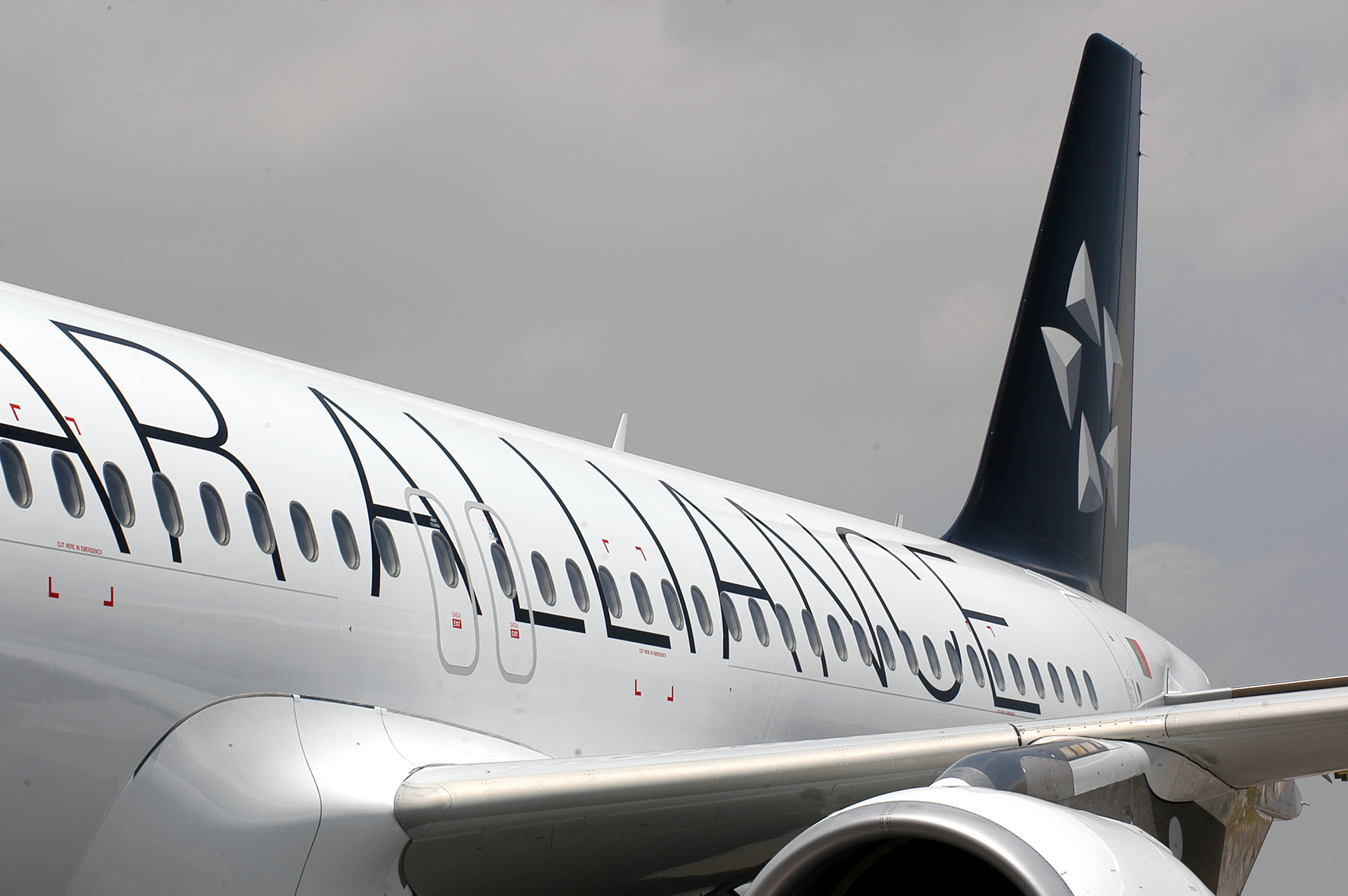ISLAMABAD – It looks like terrorism is winning again over tourism in Pakistan, and the most beautiful and peaceful valley of Pakistan, which is Gilgit-Baltistan, is now not far away from the control of the Taliban mindset or Taliban supporters if the government of Pakistan and armed forces again follow the same old policy that they have followed before the fall of Swat to militants.
This policy of Pakistan is called “Hiding all facts under the carpet of Afghan policy.” Both power players – the federal government and the Pakistan Army – did not accept that Talibans were gaining ground in Swat till such time when Talibans started a massacre of Pakistan Army officials and burned down government buildings. Now in Gilgit, again government is not ready to see whether the Taliban is really present in the valley as claimed by the local people.
The local people of Gilgit also claim that religious schools like in Swat have Afghan students who have allegedly been training or fighting against regular forces.
Sectarian riots have been seen in Gilgit from time to time, at the same time when one of the Taliban’s teachers, Mullah Sufi Muhammad, announced
Islamic Law (Sharia) in the Swat valley, way back in 1995-96.
The Pakistan government claimed that there are no sectarian riots, while
the Inspector General of Police of Gilgit-Baltistan confirmed that the recent wave of killing was a part of sectarian riots. Inspector General (IG) Hussain Asghar has denied any foreign involvement in the recent strain of violence in the region, which has claimed around 20 lives. The IG maintains that few job opportunities and a high illiteracy rate among the resident youth are what is fueling dissatisfaction and feeding the rise in sectarianism.
Talking about the 32 people held hostage in the Nagar area (following the killing of passengers of a Gilgit-bound bus near the militant-dominated town of Chilas on Karakuram Highway) by a protesting mob, the IG said efforts were still underway to recover them safely. He added that he was sure they would not be harmed considering the people of Nagar had no prior record of harming people. The IG dispelled impressions that a major military operation had been launched in the city.
“We have imposed curfew to normalize the situation and avoid further riots,” he maintained. He claimed the situation was now under control and heading towards normalcy, especially since both political and religious leaders made efforts to placate the masses.
Eyewitnesses confirmed that members of a religious political party that has indirectly linked with Talibans were seen in the riots. The local people of Gilgit claimed that the criminals who had been stopping buses and killing people of a particular sect, are actually Talibans, but government is denying this fact, because the same people are needed by the Pakistan government for its Afghan policy.
Local people also claim that banned Tanzeem Ahl-e-Sunnat Wal Jammat has alleged links with Talibans nd is harboring Afghan students in different religious schools (Madarisa) in Gilgit. Forces raided the Jamia Nusratul Islam, located in Konodas, and took 14 persons into custody, because they reportedly were without national identity cards and looked like Afghans, because they could not talk in Urdu or local languages and only understood Pushto, which is the most spoken language among Afghanis and the people of Khyber Pakhtun KHawa – the hub of Taliban activities. A source from within the Jamia claimed during a phone call that the arrested students were below 18 years of age.
It may be mentioned that beautiful and scenic Swat Valley bowed down to terrorists and became a battleground between Taliban militants and the Pakistani army in the past. In whole Swat crises, the Pakistan Army and the then government were not ready to accept that Talibans had controlled the valley unless Talibans started massacring officials of the Pakistan Army. The Pakistan government came under so much pressure that it had to make a peace agreement with those who were killing children, bombing schools, and burning down government buildings. In 2009, Swat became a battleground for militants of Pakistan’s Taliban and the secular Pakistani government. The Pakistani Army has estimated that a force of about 4,000 militants took advantage of a peace agreement in northwestern Pakistan in February 2009 to seize control of much of Swat.
Launched in May 2009, the ensuing campaign represented a new resolve and what appeared to be a change of heart in the Pakistani Army, which had supported the militants for many years. More than 30,000 troops, assisted by airstrikes by the Pakistani Air Force, engaged in a battle to retake the valley.
The Taliban, however, mostly melted away without a major fight as they did in Afghanistan when Allied NATO forces took over the charge of Afghanistan after the 9/11 event. About two million people were displaced in Swat and the surrounding area during the offensive, moving into camps. A new terminology was adopted by international forces and agencies, and these people were called Internally Displaced People (IDP).
At the end of July 2009, the Pakistani police announced the arrest of a pro-Taliban cleric, Maulana Sufi Muhammad, who brokered a peace deal between the government and militants in Swat, which has since faltered.
He was arrested for encouraging violence and terrorism. Sufi Muhammad is the father-in-law of Maulana Fazlullah, the Taliban leader in the area, who negotiated a truce with the government in February that imposed Shariah, or Islamic law, in the valley in exchange for an end to two years of fighting.
It looks like the situation is building up in Gilgit in the same way, with a little difference that is creating sectarian clashes. In Swat, there was one sect who accepted Islam of Taliban, but in Gilgit, the Baltistan majority of population is from another sect that does not accept purist Islamic concepts projected by Talibans, and that situation is an impediment for Talibans to control the Gilgit valley as easy as they did in Swat.
WHAT TO TAKE AWAY FROM THIS ARTICLE:
- It looks like terrorism is winning again over tourism in Pakistan, and the most beautiful and peaceful valley of Pakistan, which is Gilgit-Baltistan, is now not far away from the control of the Taliban mindset or Taliban supporters if the government of Pakistan and armed forces again follow the same old policy that they have followed before the fall of Swat to militants.
- Talking about the 32 people held hostage in the Nagar area (following the killing of passengers of a Gilgit-bound bus near the militant-dominated town of Chilas on Karakuram Highway) by a protesting mob, the IG said efforts were still underway to recover them safely.
- The local people of Gilgit claimed that the criminals who had been stopping buses and killing people of a particular sect, are actually Talibans, but government is denying this fact, because the same people are needed by the Pakistan government for its Afghan policy.






















